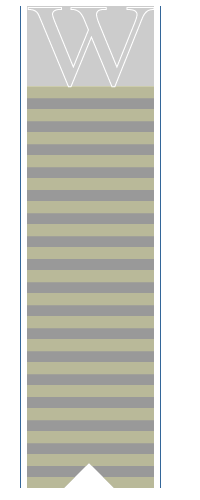|
The first name in the Armenian struggle for national liberation in modern times
is
Andranik. "Like an eagle he soars over the mountains and ridges." Andranik Toros Ozanian was born in historic
Shabin-Karahisar ("Shabin, the black fortress," 80 miles northeast of Erzurum). He was destined more, perhaps, than any of
the other Armenian revolutionaries, to provide leadership, rationality, acumen, prudence, and effectiveness to Armenia's rising
up against the brutal Ottoman oppression. Even during his adolescence Andranik recognized the pattern of Ottoman oppression
and the sufferings of his people. So it was that at the tender age of 22, having lost his wife and two children, Andranik
joined a partisan group formed in his native town. Inspired with the ideals of liberation for his people, Andranik went to
Constantinople to meet those who had already been deeply involved in the liberation movement. He readily accepted tasks assigned
to him.
When the leader, Serob Aghbiur, of a fighting group which Andranik had joined, was killed, Andranik was named leader.
It was in 1901 when his fighting group held out in the Arakelots Vank against an overwhelmingly superior force that Andranik's
name became famous for his effectiveness as a revolutionary leader. There were many more similar occurrences to come. Andranik,
at first, joined the Hunchak party; it was through party organization that he could be effective in securing men and materiel
with which to carry on. But disagreement with party policies led Andranik to leave the Hunchak ranks and join the Dashnak
party.
There too, when that party engaged in practices judged to be wrong in principle, Andranik resigned.
During the period 1907-13 Andranik committed his energies to helping the Bulgarian liberation movement. In it he created an
Armenian division, which brought honor to itself by its effective participation. For his efforts Andranik was decorated and
commissioned an officer. With World War I under way (1914-1918) Andranik went to the Caucasus and assisted in organizing Armenian
battle units to fight the Turks alongside the Russian army units. In 1915 Andranik was named commander of all Armenian volunteer
units within the Russian army.
The overthrow of the Tsarist regime in Russia (1917) and the consequent collapse of the Russian imperial army found Andranik
on the side of the working class out of which the social revolution in Russia had arisen. Early in 1918 he began to organize
a separate army to liberate western Armenia. Made a Major General, Andranik had many thousands under his command, Armenian
soldiers from the old Russian army, and many thousand Armenians who had volunteered from all over the world. However, short
on re-sources and back-up military fighting units, Andranik had to abandon his plan to take Erzurum. With the collapse of
the Tsarist Russian government an independent Armenian Republic was set up in May 1918. Andranik was in sympathy with the
social principles that came with the new Russian order and desired to maintain amicable relations with Russia. However, Armenia's
ruling party, the Dashnaks, did not favor such a relationship. As a result Andranik once again had a falling out with them.
The brilliant defense of Zangezur (1918-19) under Andranik's command marked the end of his military career.
Leaving Armenian lands he traveled to Europe and eventually to America (1922), finally settling in Fresno, California,
with his new wife. His name and fame enabled him to be effective in fund-raising activities in America for aid to Armenian
orphans. His life in Fresno, with frequent visits elsewhere in response to calls, was spent very much in the public eye. But
his health was failing. While seeking to regain strength in a sanatorium in Chico, California, the death that he had eluded
in his many years of fierce battle encounters, now finally caught up with him. The date was August 31, 1927. City-wide public
attention was accorded him at his funeral in Fresno, where he was interred (September 7, 1927) in the Ararat Cemetery. A few
months later Andranik's remains were exhumed and taken to Paris (accompanied by his widow) for a second funeral service and
interment. Few heroes have been as well acclaimed during their lives as was Andranik.
|
